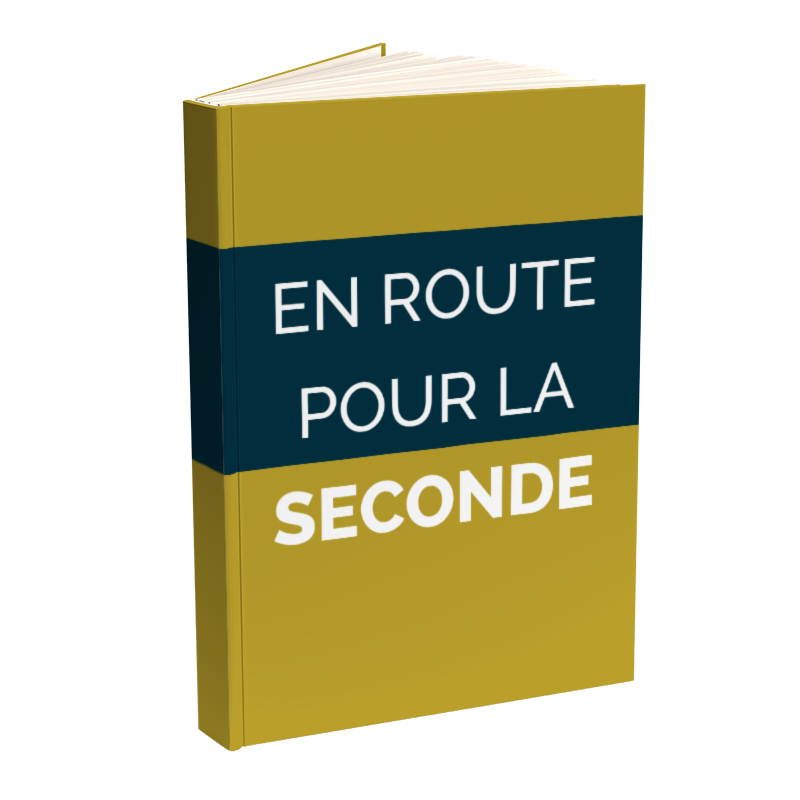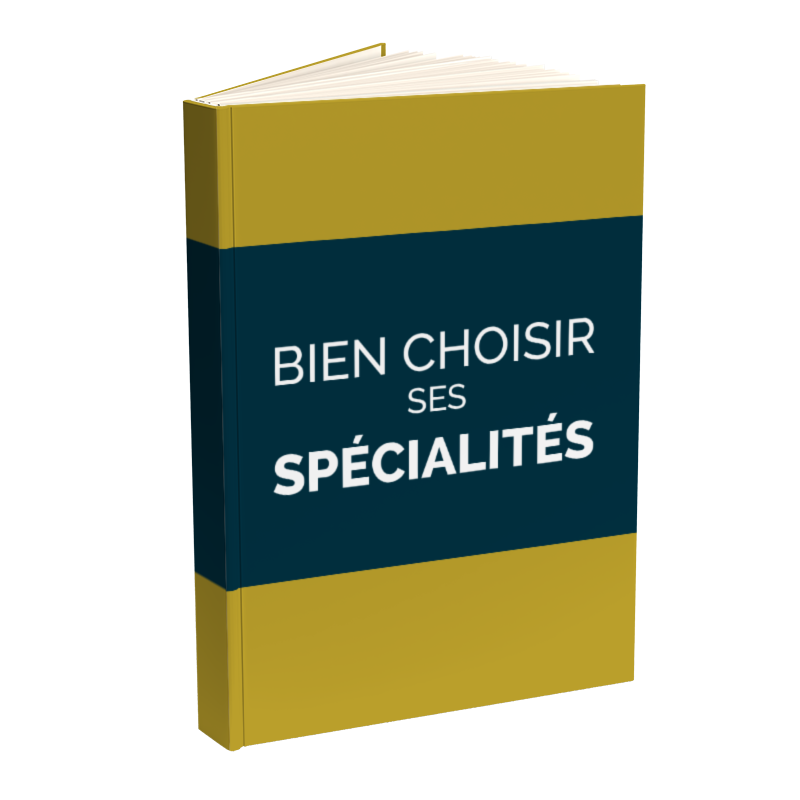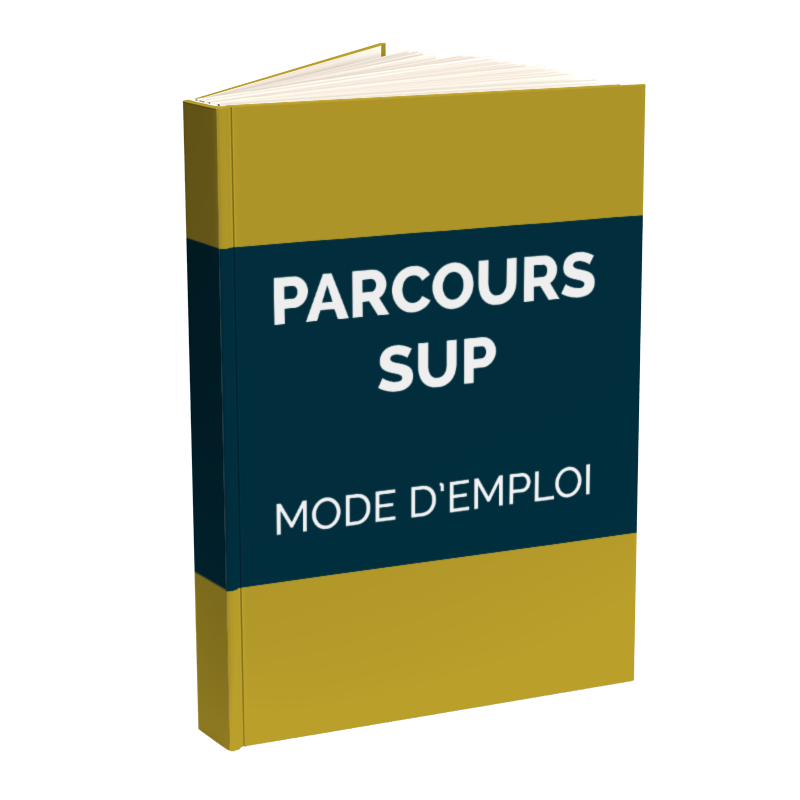Les nouvelles technologies peuvent apporter une aide importante aux apprenants dans les différentes phases de l’apprentissage. Le Mooc « apprendre et enseigner avec les sciences cognitives » nous donne quelques pistes.
New technologies can provide important support for learners in the different phases of their learning path. The Mooc “learning and teaching with cognitive sciences” gives us some interesting ideas. (TBC at the end of the french article)
-
Aider à la mémorisation
Concernant la mémorisation, rappelons quelques hypothèses de base, à ne jamais perdre de vue :
- La mémorisation active est nettement plus performante pour la rétention à terme que la simple lecture, même lorsque celle-ci est répétée, qui n’a d’effet qu’à court terme.
- La reprise est indispensable avec des écarts de temps expansés
- Le rythme de cette consolidation dépend de chaque apprenant, chaque item
- Il n’est pas réaliste, ni même utile, de reprendre toutes les questions à se poser tout au long des mois. Il suffit de s’interroger sur les éléments en cours d’oubli afin de les réactiver.
L’apprenant ne fera pas ce travail seul. Pour l’aider à faire ce travail de mémorisation, l’enseignant peut proposer des outils tels que les flashcards. ANKI et MEMOVOC peuvent être intéressant.
-
Gérer les prérequis :
Cet exercice est fondamental pour pouvoir activer la compréhension. On distingue 3 axes d’efforts
1-Réactiver les notions essentielles. C’est fondamental pour comprendre ce que l’on va aborder en cours. L’enseignant doit
- Sélectionner les informations importantes (définition, vocabulaire, concepts, méthodes)
- Demander aux apprenants de les acquérir en étant actifs (schéma à compléter, idées à associer)
- Tester afin que les apprenants se positionnent.
2-Réduire l’écart entre les apprenants
3-Pré activer les connaissances. Cela permet d’impliquer l’apprenant et de lui permettre de voir le chemin qu’il lui reste à parcourir.
Pour cela certains outils peuvent s’avérer très utile :
- Des capsules vidéos
- Des logiciels qui testent les connaissances (plickers, Kahoot, socrative, googleform)
- Un padlet
- Le TBI
-
Mémoriser en présentiel
Cela permet après un temps d’étude, la mise en exergue des points clés, les essentiels.
Cet exercice peut être mis en place :
- Une fois au cours de la séance, par exemple après 15 ou 20 minutes de cours
- Puis une fois au terme de la séance avant l’éparpillement des apprenants.
Le TBI ou les logiciels de test qui permettent de reprendre une structure toujours identique et facilement repérable par les apprenants.
-
AIDER A DÉVELOPPER l’ATTENTION
Certains exercices peuvent aider à développer l’attention :
- Relever des informations précises contenues dans une capsule vidéo
- Utiliser un minuteur (timer) pour la réalisation de tâches que l’on projette au tableau (en tapant timer dans google)
- Comparer un texte ou un document lu avec des propositions Vrai/Faux
- Détecter des anomalies ou des possibilités d’améliorations
- Réaliser une synthèse des idées transmises par une vidéo
Cette vidéo qui nous a été présentée dans le Mooc fait un bon résumé.
Cognitive sciences and the digital world
New technologies can provide important support for learners in the different phases of their learning path. The Mooc “learning and teaching with cognitive sciences” gives us some interesting ideas.
1- Helping memorization
Concerning memorization, let’s look at some basics facts, never to be lost sight of:
- Active memorization is much more effective in a matter of retention than simply reading, which only has a short-term effect.
- Memorization should be done several time with extended time differences
- The rhythm of this consolidation depends on each learner, each item
 Learners will not do this work alone. To help him doing this memorization work, teachers can propose tools such as flashcards or table (see our previous article). ANKI and MEMOVOC can be interesting.
2- Managing prerequisites:
This exercise is fundamental in order to activate understanding. There are three main points to consider:
1- Reactivating the essential notions. It is fundamental to understand what we are going to address in the course of our lesson and make sure everybody has the correct prerequisite to understand our lesson. Teachers must:
- Select important information (definition, vocabulary, concepts, and methods)
- Ask learners to acquire them by being active (diagram to be completed, ideas to associate)
- Test for learners to position themselves.
2- Reducing the gap between learners.
3- Preparing knowledge. Tell the students where he is going, what he will learn, show him what he does not know yet. Â It is then possible to involve the learner and to allow him to see the way he has to go.
In order to achieve this, some tools can prove very useful:
– Video Capsules
– Software that tests knowledge (plickers, Kahoot, socrative, googleform)
– A padlet
– Interactive whiteboard
4- Memorizing in class
In every lesson, we should all allow memorising moment where we highlight our lesson’s key points, the essential ones.
This exercise can be implemented:
- Once during the lesson, for example after 15 or 20 minutes of lessons
- Then once at the end of the class, before students leave the room.
The interactive whiteboard or the test software (which allows to take back a structure that is always identical and easily identifiable by the learners can be useful.
5- HELPING DEVELOPING ATTENTION
Some exercises can help to develop attention:
- Noting accurate information from a video capsule
- Using a timer to perform tasks and project this timer on the board
- Using True / False question whilst reading a text or studying a document
- Working on an existing work (or a friend work) and detecting anomalies or opportunities for improvement
- Prepare a summary of the lessons idea and make a video or an infographic.





0 commentaires